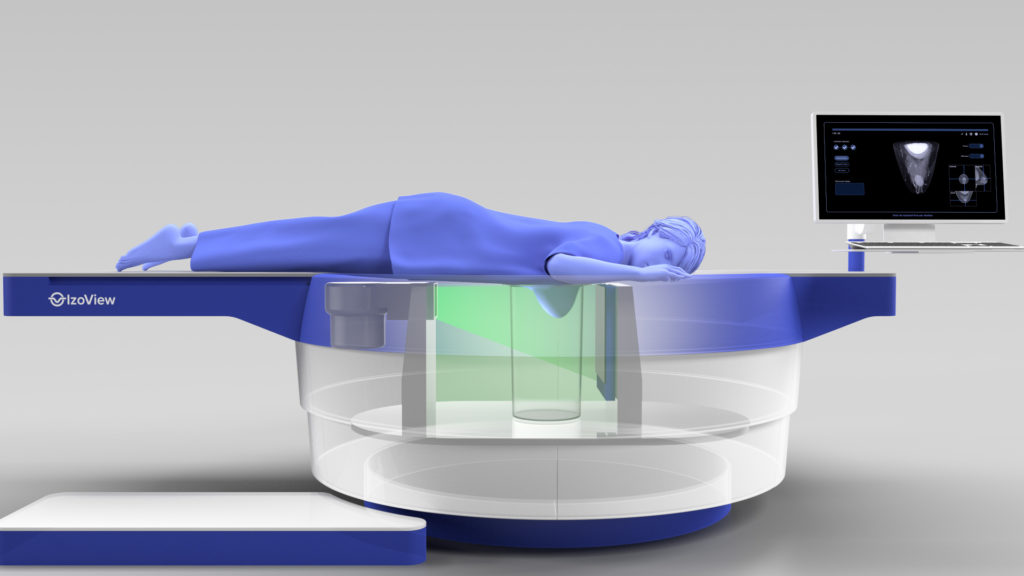
Medical Device Animation
Exceptional medical device animation is much more than beautiful product shots. To succeed, it must also incorporate a compelling story and scientific accuracy. Only then will it speak effectively to medical and business audiences alike. Our experienced medical animators have been creating outstanding animation for medical products for 20+ years. We use state-of-the-art 3D techniques to show your technology in its best light and employ filmmaking best practices to guide your viewers through a seamless narrative. And their detailed knowledge of anatomy, from the nano to the macro scale ensure that your story surpasses scrutiny by medical experts. From cutting-edge diagnostic and imaging technologies to revolutionary surgical procedures, AXS Studio has the experience and specialized knowledge to make your story extraordinary.

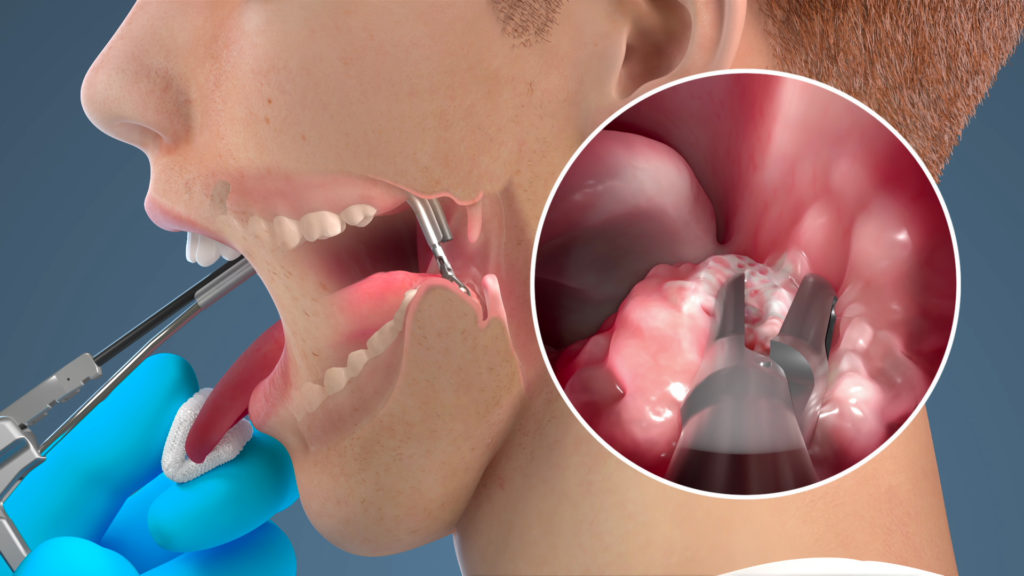
Otolaryngology Endoscopy Medical Device Animations
Outlook Surgical
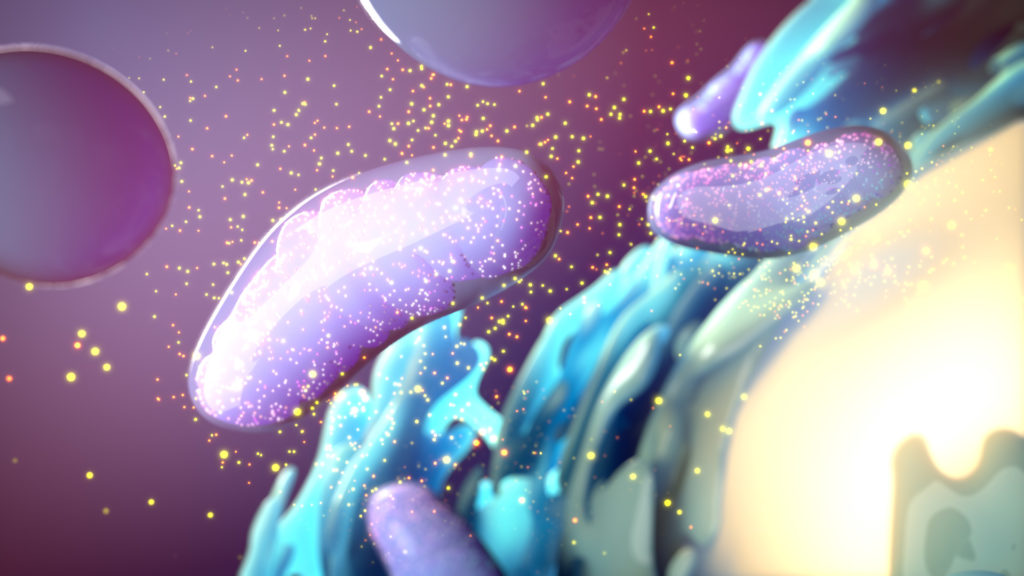
Scientific Animation - Photobiomodulation Therapy for AMD
LumiThera, Inc.
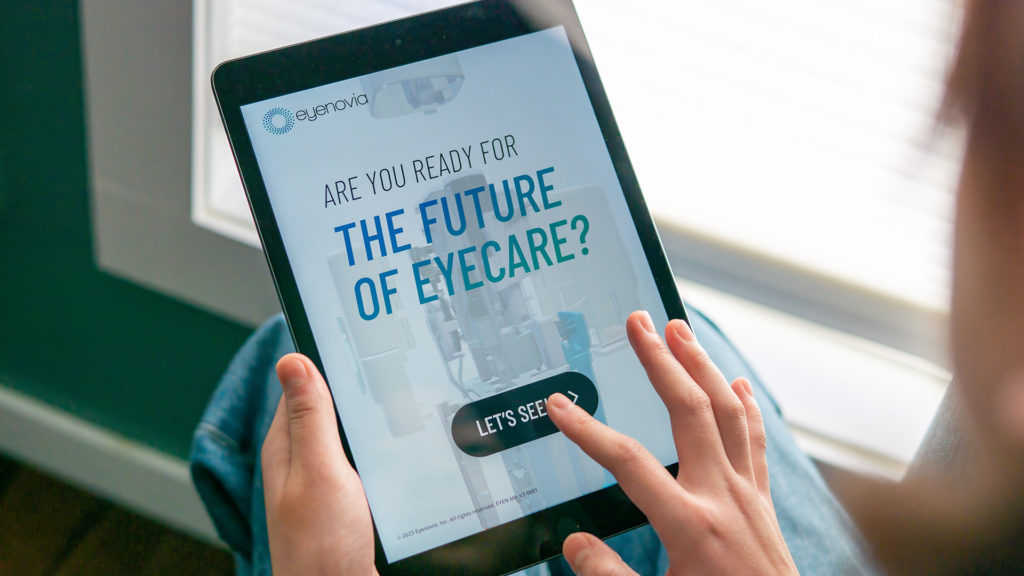
iPad App: Medical Device Simulator
Eyenovia
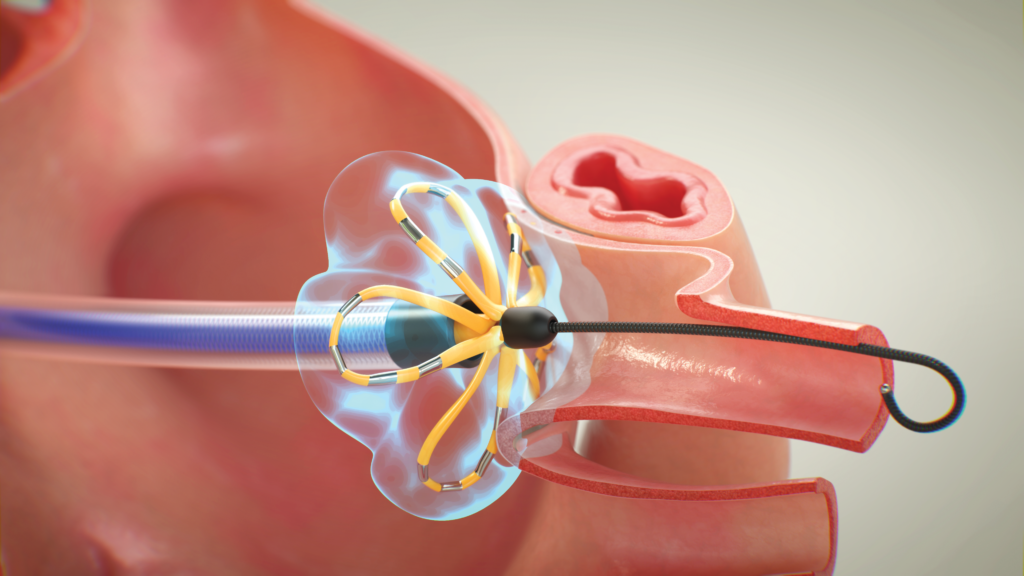
Medical Device Animation: Farapulse for AF Ablation Therapy
Boston Scientific
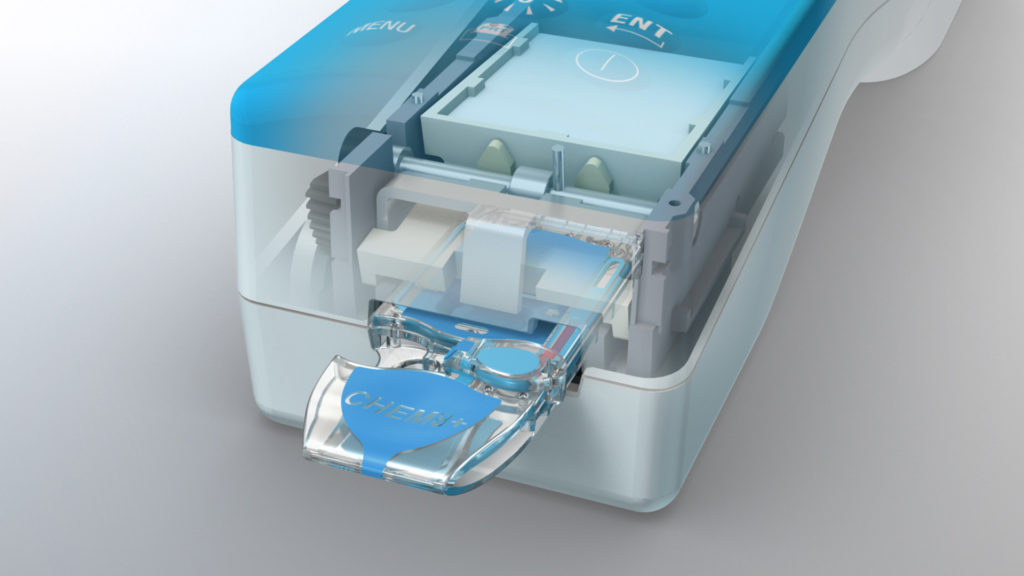
Medical Device Animation: Point-of-Care Diagnostic System
Abbott Point of Care
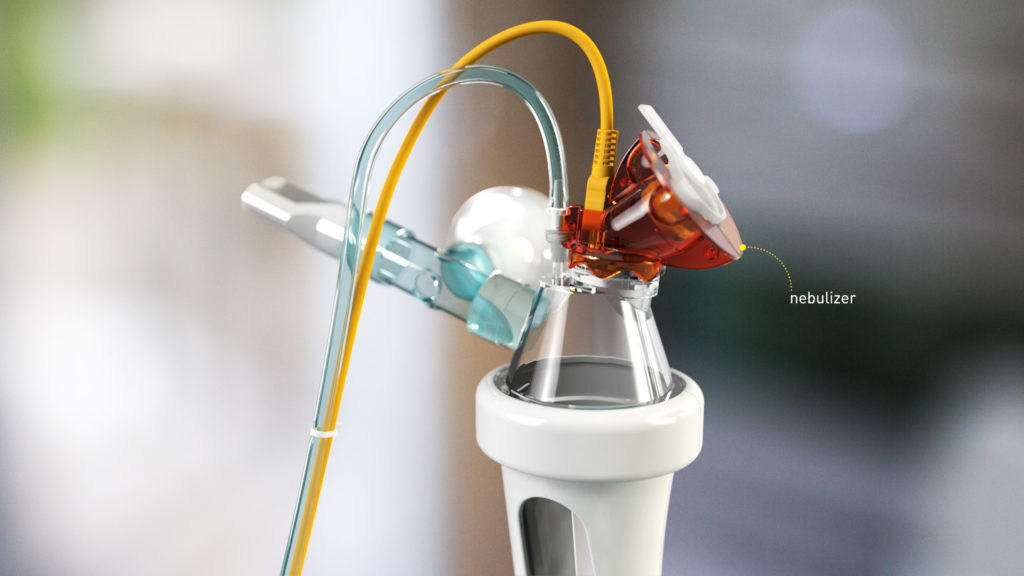
Medical Device Animation: Drug Delivery System
Bayer Healthcare, Nektar
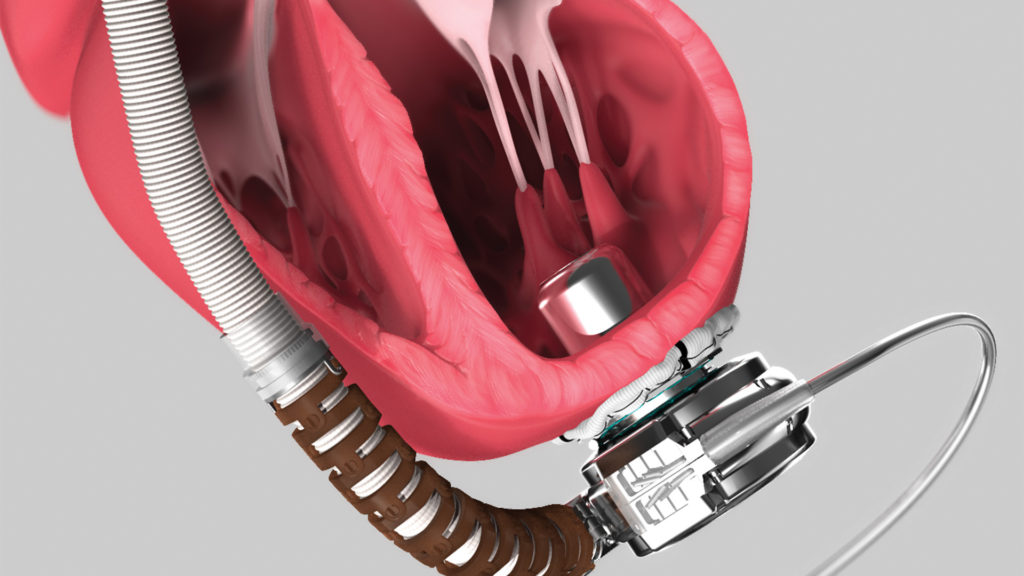
VAD Medical Device Animation
HeartWare International
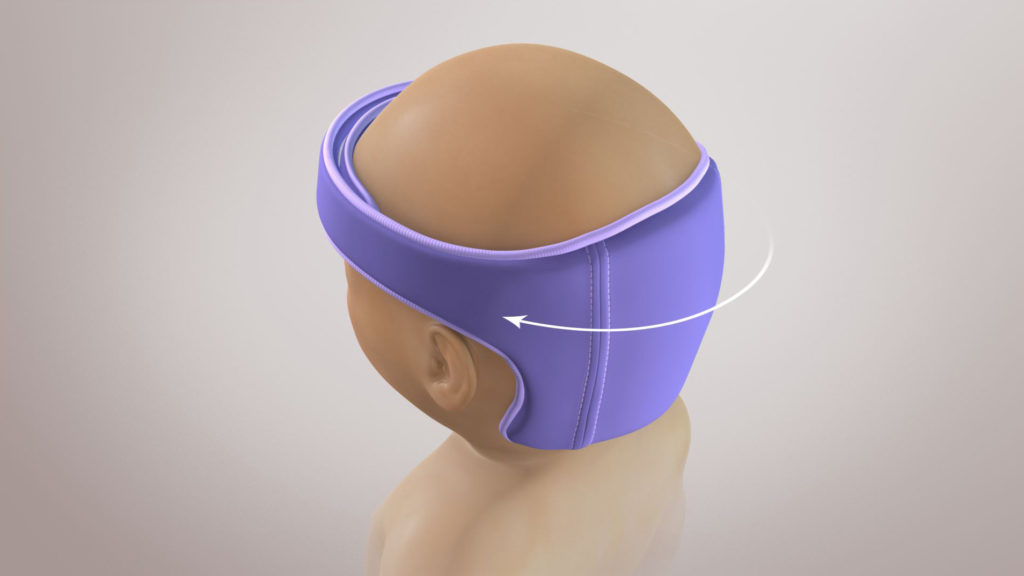
Medical Device Animation: Invictus GELShield
Invictus
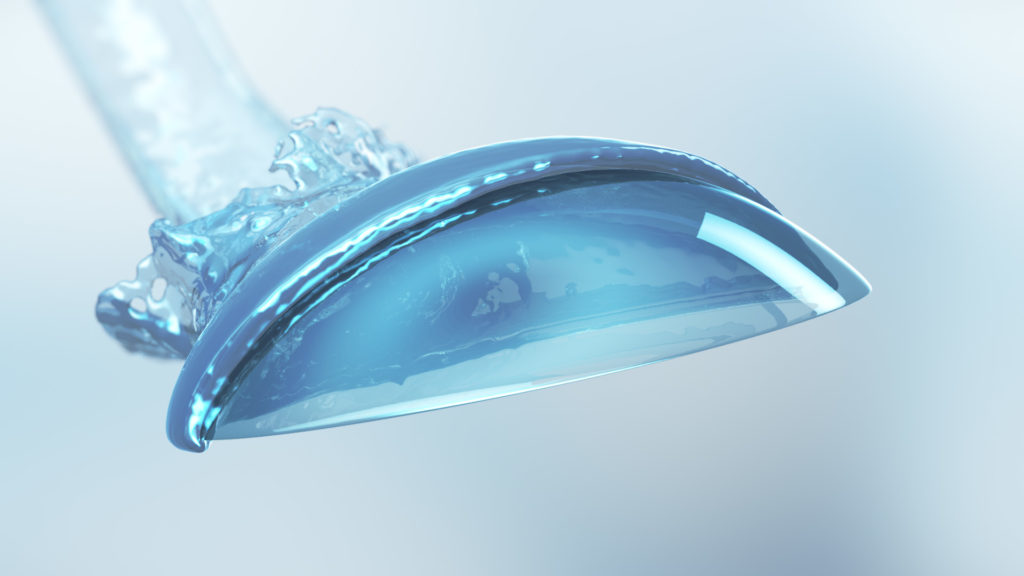
Medical Device Animation: Air Optix Contact Lens Technology
Alcon
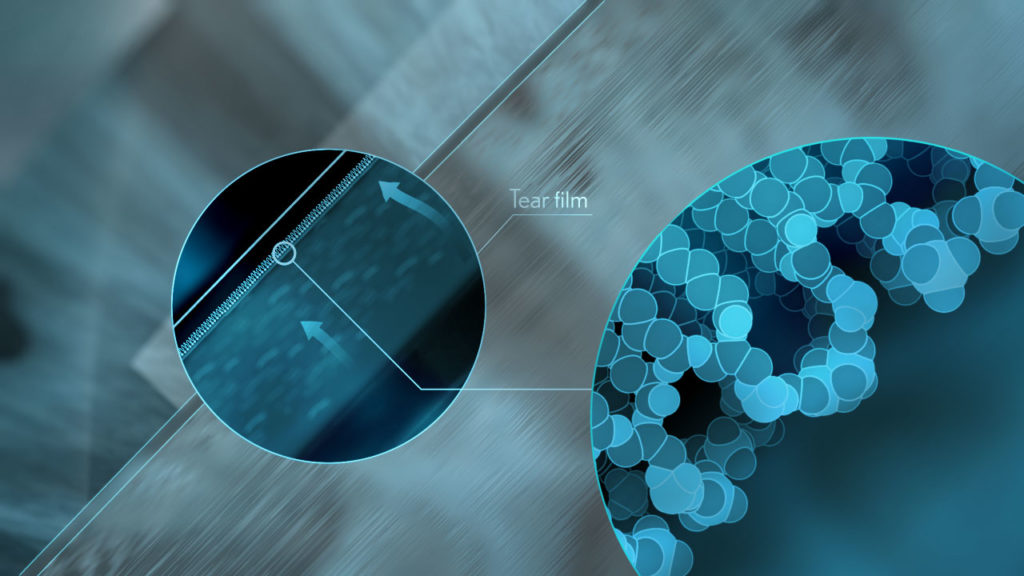
Medical Device Animation: Biotrue ONEday Lenses
BioScience Communications for Bausch + Lomb



Ortho Clinical Diagnostics








Amgen






Genzyme Canada

Heartware

D&J Electronics

Who we've proudly worked with
Where our work has been featured
to tell your story
Why invest in medical device animation?
- Quickly show busy stakeholders how your medical product works and what sets it apart
- A well-crafted 3D medical device animation is a tremendous advantage in gaining recognition and acceptance of a new medical device among stakeholders: physicians, nurses, materials managers, purchasers and case managers
- Medical device animation gives you a strong advantage in investor presentations, where time is limited and stakes are high
- A high-end 3D animation lends credibility to your messaging and quality to your brand
- Visual assets can be repurposed for marketing and training materials, including instructions for use (IFU)
- A high-quality animation will increase traffic to your congress exhibit booth and improve engagement with visitors
The AXS Studio difference
We’re artists who love to visualize science and technology. It shows in the exceptional animation work we deliver to our medical device clients. Helping you showcase an exciting new medical product that will change people’s lives is why we come to work.
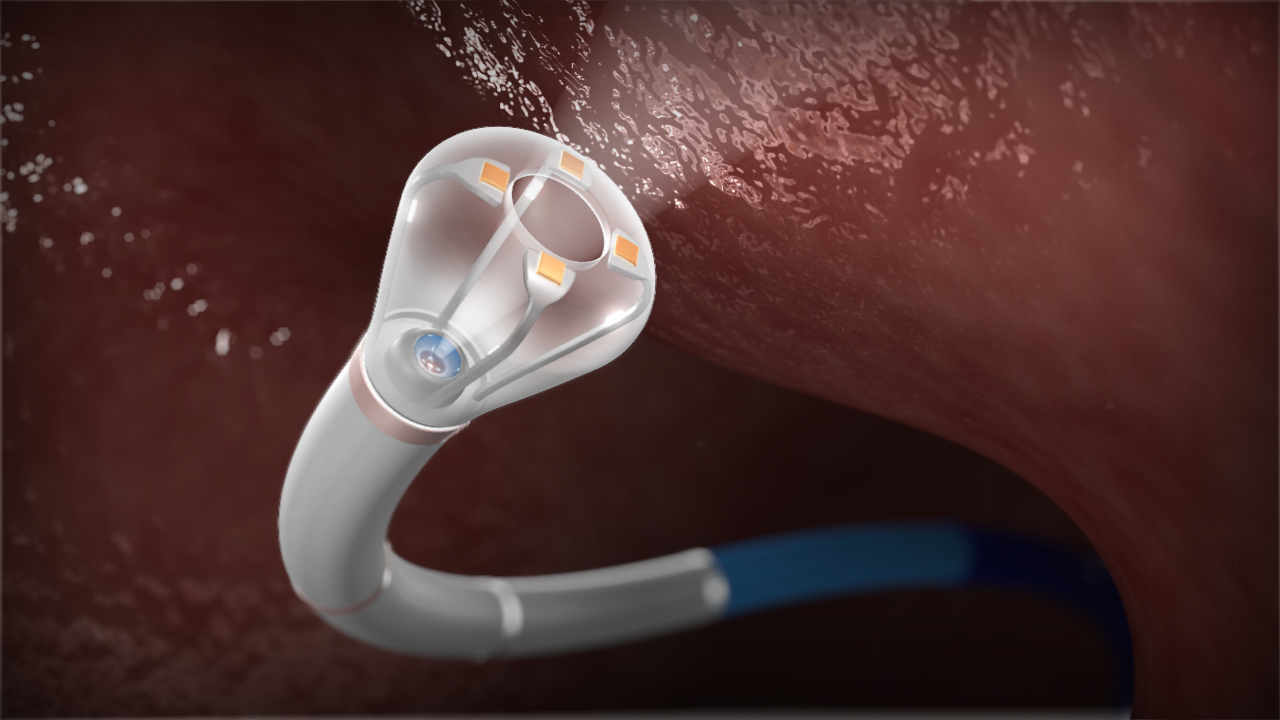
We accelerate understanding
Medical content expertise
We speak your language
Animation down to a science
We’re serious about accuracy
Prepared for success
Medical product and marketing managers use animations to explain the relative advantages of new medical products over current technologies. The animation may be shown on a product website, at exhibit booths and in sales aids.
Animations of medical products are used during clinical development to train clinical trial staff on the correct use of the product with patients. This helps ensure that protocols are followed in the interest of patient safety.
Medical device animation may be used in instructions-for-use (IFU) materials to train physicians and nurses on safe use and product updates.
Physicians often use medical device animations to explain procedures to patients.
On average, a two-minute 3D medical product animation takes four months to complete. The exact timeline depends on the review and approval process. We recommend contacting us at least 5 months ahead of your due date.
Our clients tell us we’re unlike other agencies they’ve hired in terms of our high level of medical knowledge, especially concerning depictions of anatomy and tissues, and in our attention to detail. The words clients use most to characterize our work are “accurate” and “beautiful”—important qualities in animation for medical products.
While many legitimate healthcare agencies produce animation for medical products, very few use actual medical animators to create them. Instead, many agencies use generalist animators, who who were trained for film and TV and lack science training. This results in highly inaccurate, often random, depictions of anatomical structure and function—something that’s immediately obvious to an HCP audience, and can diminish the credibility of a new medical product.
By contrast, AXS Studio employs only medically trained animators, with M.Sc. in Biomedical Communications (BMC) degrees from one of the five graduate programs accredited by CAAHEP. This specialized training, which includes surgical illustration, is the reason we depict medical device procedures more accurately than animators without medical training. For you, this means a more credible medical device animation and better value for your budget.
Visual complexity, resolution (for example HD versus 4K) and runtime (length) are the main factors in pricing animation for medical products. All content development and production is done in-house, so you won’t be paying markups for outsourced work.
This varies among agencies and animation studios, as does the service quality and degree of content expertise. AXS Studio pricing includes research, storyboarding, 3D model creation, animation, shading, lighting, rendering and compositing. Audio services are also included: professional voice talent and recording, sound FX design, and music, stock or custom. Optional services include voiceover script writing and document preparation for MLR or PRC review.
Medical product animations typically run between one and three minutes; however we have created multi-chapter animations for training that have run as long as 10 minutes. In general, shorter is better and also less expensive. Medical professionals and other busy stakeholders appreciate concise, clear storytelling, and that’s an area where AXS Studio excels.
Rule of thumb: 100 words of narration per minute of animation.
Yes, we do work with scripts supplied to us. After reviewing your script, we may provide recommendations to optimize it for visual storytelling. A guiding rule of thumb when writing your script: 100 words of voice-over for every minute of animation.
A storyboard serves two purposes:
1. To pre-visualize the story for stakeholders, and
2. To act as a shot-by-shot roadmap for our medical animators.
We will happily review a storyboard you provide and determine whether our animators can use it as-is in our workflow, or if we need to build on it to better fit our established and efficient workflow.
We welcome input from our clients’ opinion leaders and subject matter experts, but it’s certainly not a requirement. A key reason clients work with AXS is our in-house medical science expertise. AXS writers, storyboard artists and medical animators are formally trained in anatomy, physiology, tissue and organ structure, cell biology and molecular biology. We have experience in numerous surgical and therapeutic procedures, ranging from orthopedics and heart procedures to plastic surgery and regenerative medicine.
We make most medical device animations in the HD (high definition) standard: 1920 x 1080 pixels, 16:9 aspect ratio, 24 fps (frames per second). From this master file, we output the video formats (Windows Media, MPEG-4, WebM, etc.) at the file sizes (compression and bitrate) and pixel dimensions best suited to the end user devices that you’re targeting. For online video (including mobile) we optimize compression and bitrate settings and can provide multiple versions to work with responsive websites. With every project, we provide an uncompressed master animation file, which you or your agency can use to output any file format that may be required down the road.
AI tools have made it possible to up-rez some footage. However, it’s not foolproof. If you anticipate needing 4K (or even 6K) in the future, it’s best to begin with that format then down-size for devices that require less resolution.
Absolutely not. All AXS Studio work is done in-house with highly trained and experienced medical animators. This enables us to tightly control quality and scheduling to ensure we consistently hit deadlines—particularly important for submission deadlines, conferences and product launches. Moreover, while there are many products and services that can be offshored to cut costs, quality animation for medical products isn’t one of them. This type of work typically requires specialized knowledge in order to depict anatomy, tissues and complex procedures accurately.
AXS Studio writers, storyboard artists and medical animators hold M.Sc.BMC degrees—specialized training that enables us to explain complex medical procedures more accurately and clearly than animators without medical training. There are certain animation suppliers in North America, Europe and the UK that use low-cost outsourcing for medical device animations. If you’re considering hiring one of these companies, we advise first seeking information on the medical training their animators have received.
The term 3D animation refers to using digital three-dimensional models in the creation of an animated film on a computer. Movie theaters use “3D” to describe stereoscopic films, which are created using a pair of cameras to create the illusion of three dimensions on a 2D screen. AXS Studio makes both stereoscopic and regular 3D animations. Stereoscopic animations must be viewed using 3D glasses and a specialized monitor or projector. When we make a stereoscopic animation, we also deliver a “non-stereo” version that can be seen on a regular screen without special glasses. This gives our clients flexibility: stereo for special screenings and non-stereo for viewing on regular screens.
Absolutely. At its basic level, an animation is a long series of still images we call frames. You can use any single frame from your medical product animation at no additional charge. These images are usually big enough for use in slide presentations, small print materials and on websites. If you require images at a larger size—for use on a booth panel, for example—we can render the resolution you need and charge only for the output. We can also render individual animation elements at virtually any size.
No we don’t. All AXS Studio animations of medical products and surgical procedures are created custom, to address our clients’ specific visualization needs.
Want to learn more?
Toll-free
1-877-959-6763 (US)
+44 808 169 9923 (UK)
111 Peter St. Suite 700
Toronto, ON, M5V 2H1
Canada
looking for?



![June 27 is World Microbiome Day, a time to acknowledge—and perhaps celebrate—the tiny lifeforms we share the planet with. As adult humans we coexist with about 38 trillion microbes on and within our bodies. The human microbiome is inextricably linked to our health, something researchers have been exploring ever more since the 10-year Integrative Human Microbiome Project completed in 2019. Check out our blog post [5-minute read] on creating the cover illustration for Nature Journal’s seminal publication of the Project’s research findings:
.
.
.
#sciviz #scientificillustration #medicalillustration #scienceliteracy #guthealth](https://axs3d.com/wp-content/plugins/instagram-feed/img/placeholder.png)